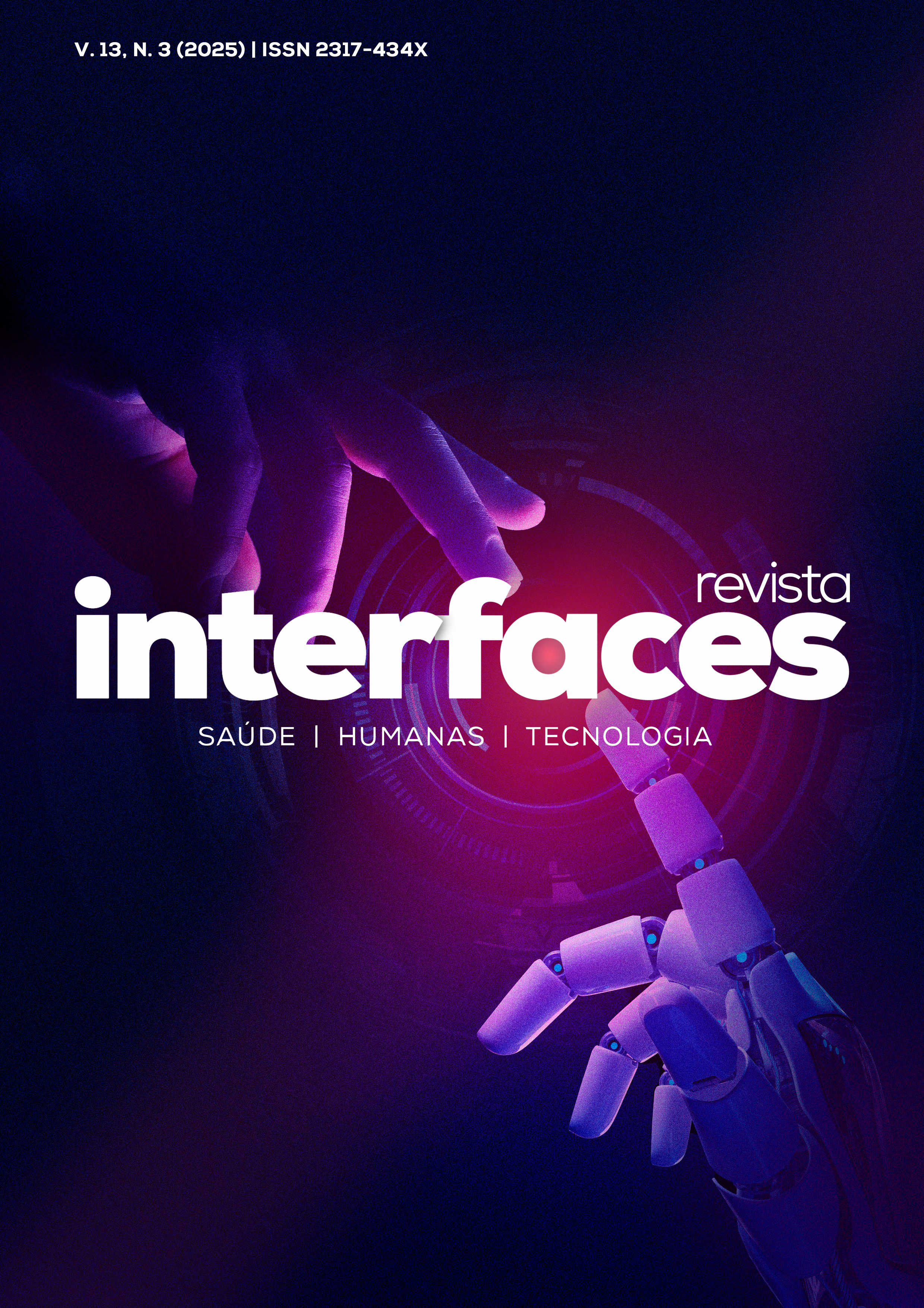Is it possible to detect water adulteration in raw milk through hidden patterns in its centesimal composition?
DOI:
https://doi.org/10.16891/2317-434X.v13.e3.a2025.id2110Keywords:
Naive Bayes, crioscopia, fraudeAbstract
Tampering with raw milk by adding water is a prevalent form of food fraud driven by economic motives. Although the freezing point can detect this adulteration, Brazil and many other regions only mandate this analysis for bulk-tank samples, which can mask the fraud when raw milk is pooled. However, individual compositional analysis of milk from producers is conducted monthly. This study aimed to leverage compositional analysis combined with artificial intelligence to predict water addition. Between 2021 and 2023, 278 raw milk samples from a dairy plant were analyzed using mid-infrared spectroscopy to determine fat, protein, lactose, urea, ash, total solids, and non-fat solids. Simultaneously, these samples were assessed for freezing point, excluding samples with a freezing point above -0.555°CH from the analysis. Of the remaining 251 samples, the Naive Bayes classifier was applied to distinguish between samples with a freezing point greater than -0.530°CH (indicating water addition) and those between -0.531°CH and -0.555°CH (normal). The classifier was trained with 75% of the data, and its performance was evaluated for sensitivity and specificity. The Naive Bayes classifier demonstrated 8% sensitivity, 98% specificity, and 38% positive predictive value. Limitations included a small sample size and the low frequency (15%) of adulterated samples. Future studies with larger sample sizes could improve predictions. Despite its low sensitivity, this algorithm can assist dairy processing plants in identifying potential cases of water addition, aiding in the gradual elimination of such adulteration.

